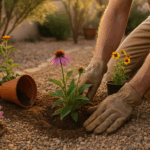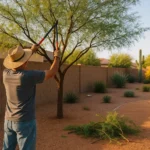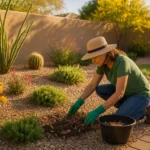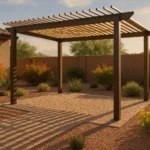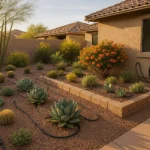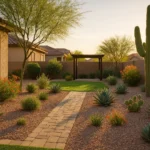Welcome, fellow gardeners and nature enthusiasts of Gilbert! As we bask in the warmth of May, it’s time we turn our attention to one of the most essential yet often overlooked aspects of our gardens — our pollinators. Pollinators, particularly bees, butterflies, and hummingbirds, play a vital role in our ecosystems by aiding in plant reproduction. With the right plants, we can attract and nourish these beneficial creatures, enhancing both our gardens and the local wildlife.
The Importance of Pollinator Gardens
Before we dive into what to plant this May, let’s briefly discuss why we should strive to create pollinator-friendly gardens. Pollinators are responsible for the reproduction of many plants, including those that provide our food. Without pollinators, our food supply would be significantly impacted. In addition, pollinators help ensure the survival of wild plants, maintaining biodiversity and the overall health of our ecosystems.
Creating a garden that attracts and nourishes these creatures doesn’t just benefit them; it also benefits us. Pollinator-friendly plants tend to be vibrant and fragrant, bringing beauty and life to our yards. Observing the activity of these creatures can also be a source of joy and fascination, providing opportunities for learning and connection with nature.
Understanding Pollinators in Gilbert
Before you start planting, it’s important to understand the types of pollinators in our Gilbert area and the plants they prefer. The most common pollinators we see in our gardens are bees, butterflies, and hummingbirds. Each of these pollinators has specific plant preferences based on the flower’s color, shape, and the type of nectar or pollen it provides.
For example, bees are drawn to flowers in shades of blue, purple, and yellow, while butterflies prefer red, orange, and yellow flowers. Hummingbirds, on the other hand, are attracted to tubular flowers in bright red and orange hues. Understanding these preferences can help guide your plant choices for a pollinator-friendly garden.
What to Plant this May to Boost Pollinators
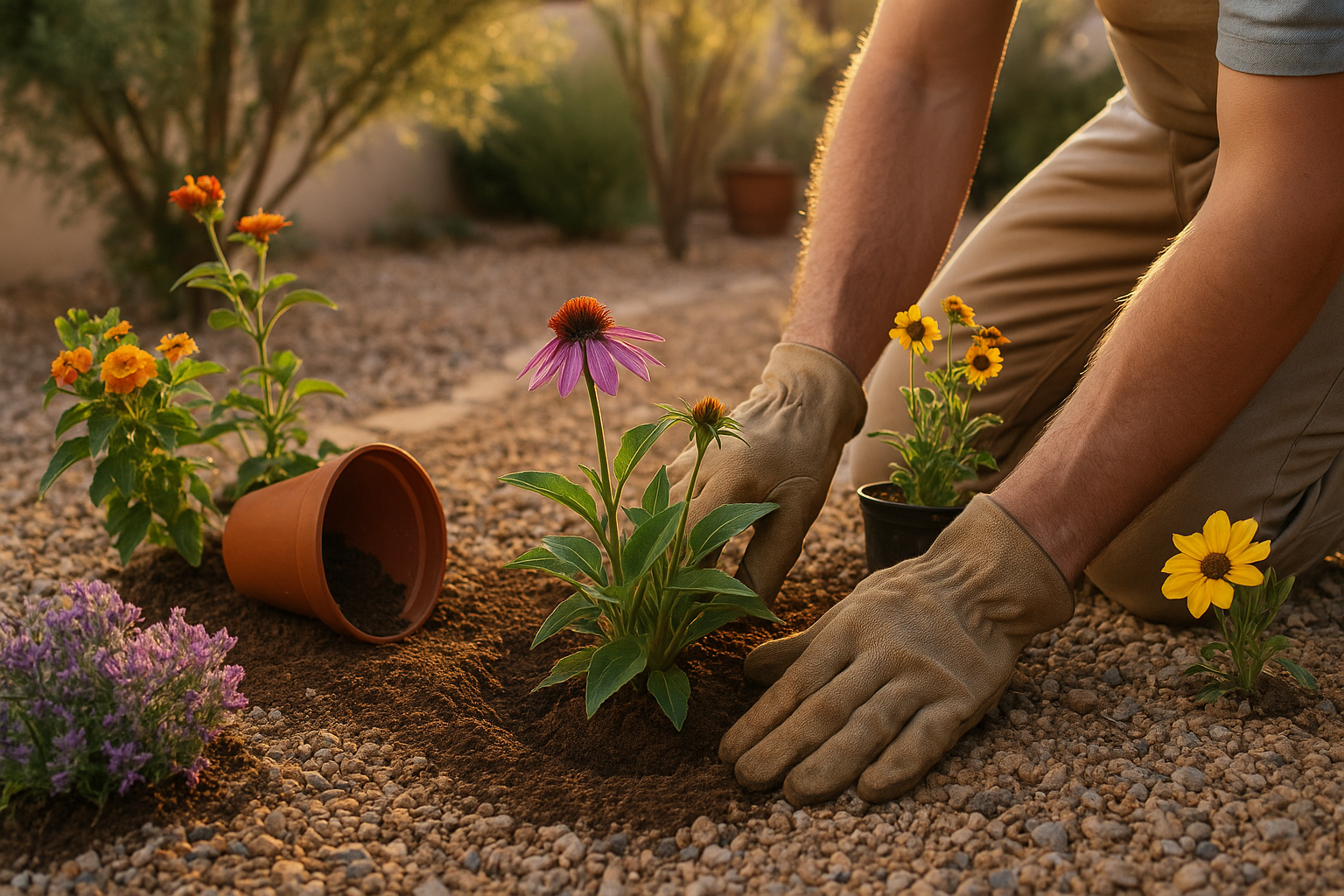
Now, let’s get to the fun part — deciding what to plant in your Gilbert garden this May to attract and nourish our pollinator friends. Here are some top choices for our region:
Desert Marigold (Baileya multiradiata)
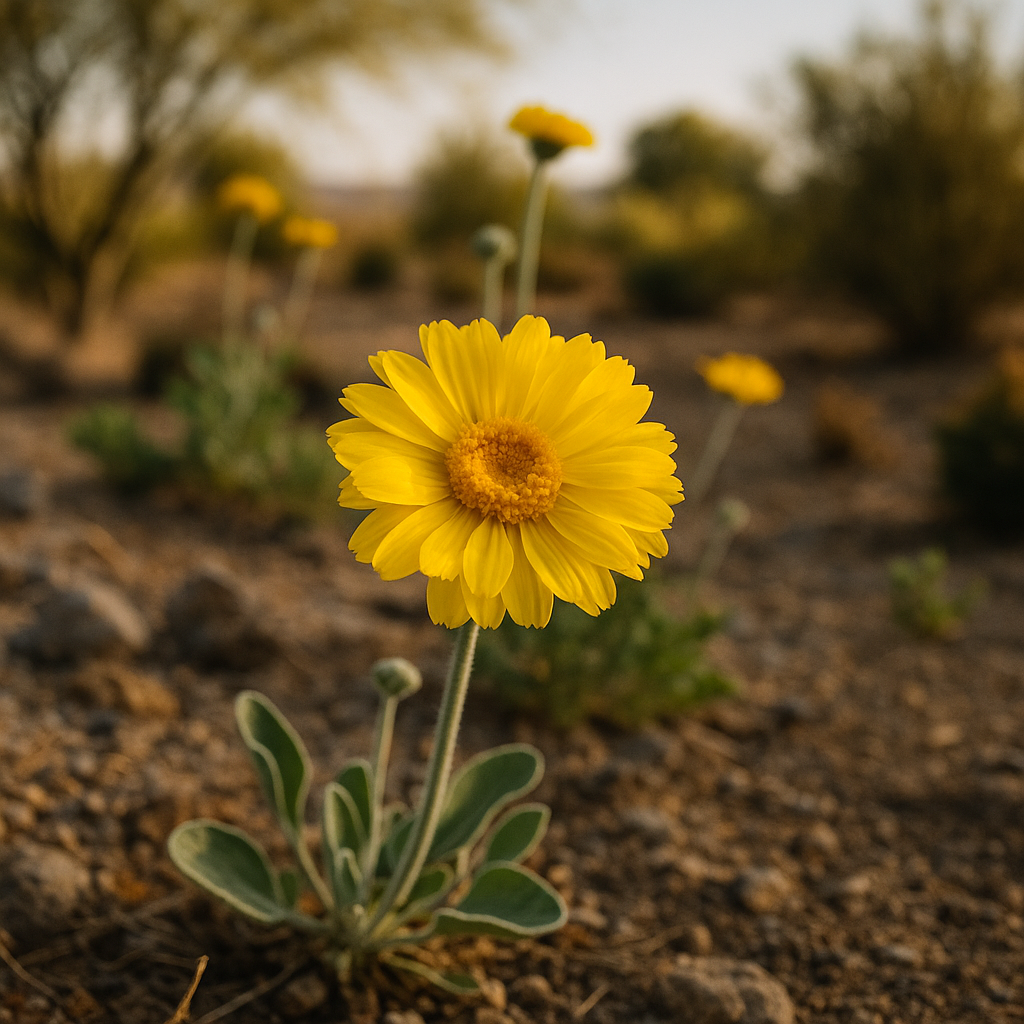
A favorite among bees, the Desert Marigold blooms from spring through fall, providing a steady source of nectar. It’s hardy, drought-tolerant, and thrives in our desert environment. The bright yellow blooms stand out against gravel and rock landscaping, making it a cheerful and practical addition to low-water yards. This plant reseeds easily, which means once it’s established, it often returns year after year with little effort.
Red Yucca (Hesperaloe parviflora)
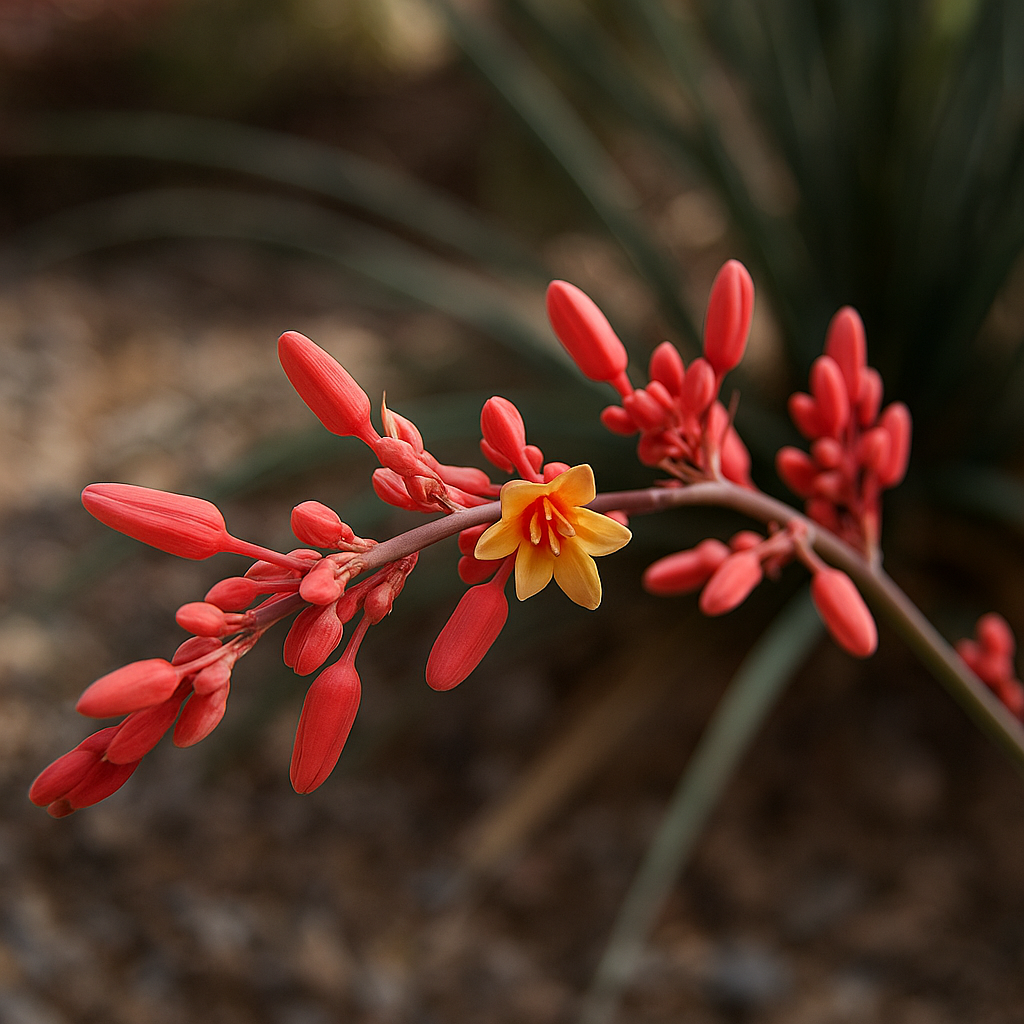
Red Yucca is a hummingbird magnet. Its tall spikes of tubular red or coral flowers bloom from spring to summer, offering ample nectar for our feathered friends. The plant’s evergreen, grass-like foliage adds structure and interest year-round, even when not in bloom. It handles heat, drought, and even reflected light from pavement or walls — ideal for tough spots in Gilbert yards.
Butterfly Bush (Buddleja davidii)
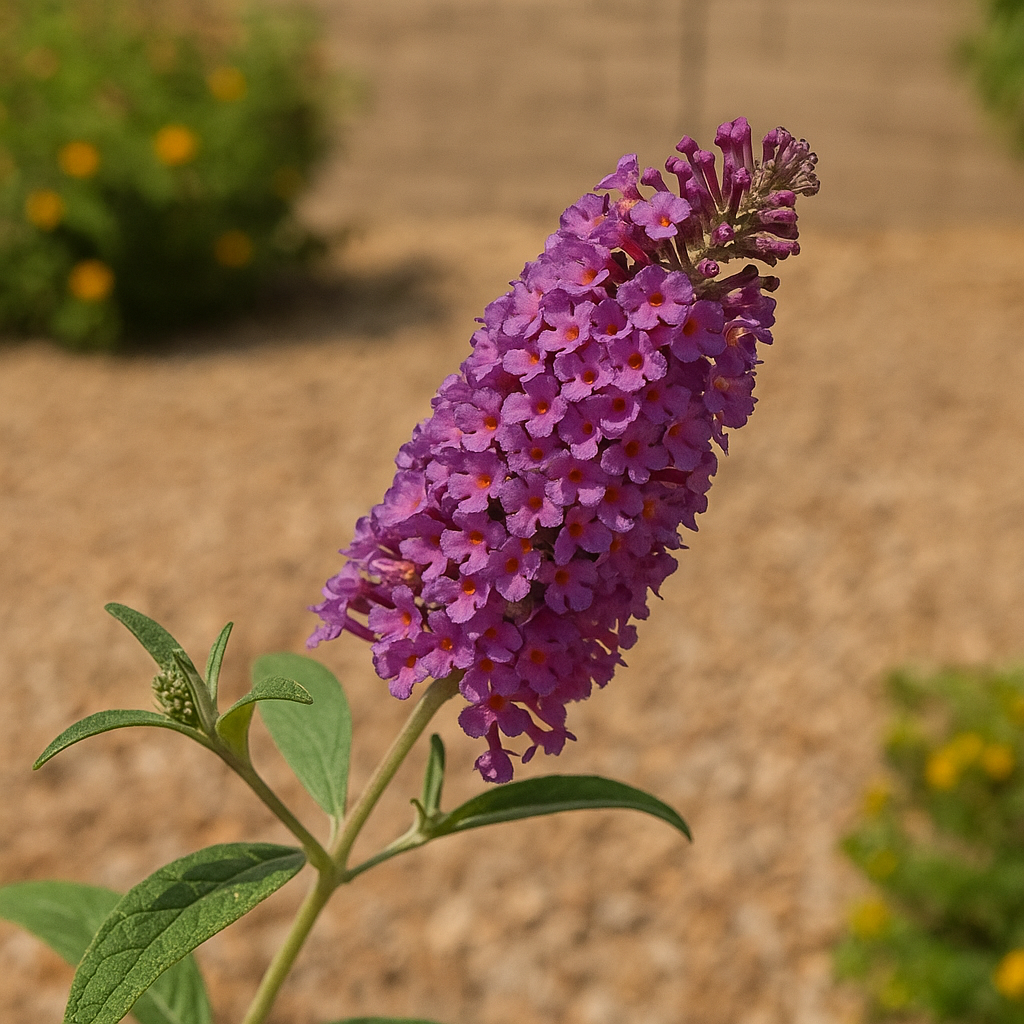
True to its name, the Butterfly Bush attracts butterflies with its fragrant, nectar-rich flowers. It blooms from summer through fall, providing color and wildlife interest to your garden. Available in purple, white, pink, and even yellow, it adds bold texture to any pollinator section. While it does best with a bit of extra water, it tolerates heat well and thrives with occasional deep soaking in Gilbert’s climate.
- Avoid Pesticides: Pesticides can harm pollinators, so opt for natural pest control methods whenever possible.
- Provide Water: Pollinators need water, too. Consider adding a birdbath or a shallow dish of water to your garden.
- Leave Some Mess: Dead leaves and twigs provide habitat for certain types of bees. Consider leaving a small, undisturbed area in your garden for them.
Creating a Year-round Pollinator Haven
While May is a great time to focus on boosting pollinators in your Gilbert garden, it’s beneficial to think about how you can attract and support these creatures year-round. Consider incorporating plants that bloom at different times of the year to provide a continuous food source. You can also add features like bee hotels or butterfly houses to provide shelter for these creatures. With careful planning and a little effort, you can create a vibrant, wildlife-friendly yard that benefits both you and our local ecosystems.
Planting for pollinators isn’t just about creating a beautiful garden; it’s about contributing to a healthier, more biodiverse world right in our own backyards. So grab your gardening gloves and start planting for pollinators this May. Your garden, and the pollinators, will thank you.

